I'm a stomach sleeper who switched to a firm mattress a year ago — here's why I'm never going back to soft beds
From my head to my toes (and particularly my hips), firm mattresses have changed how I think of coziness
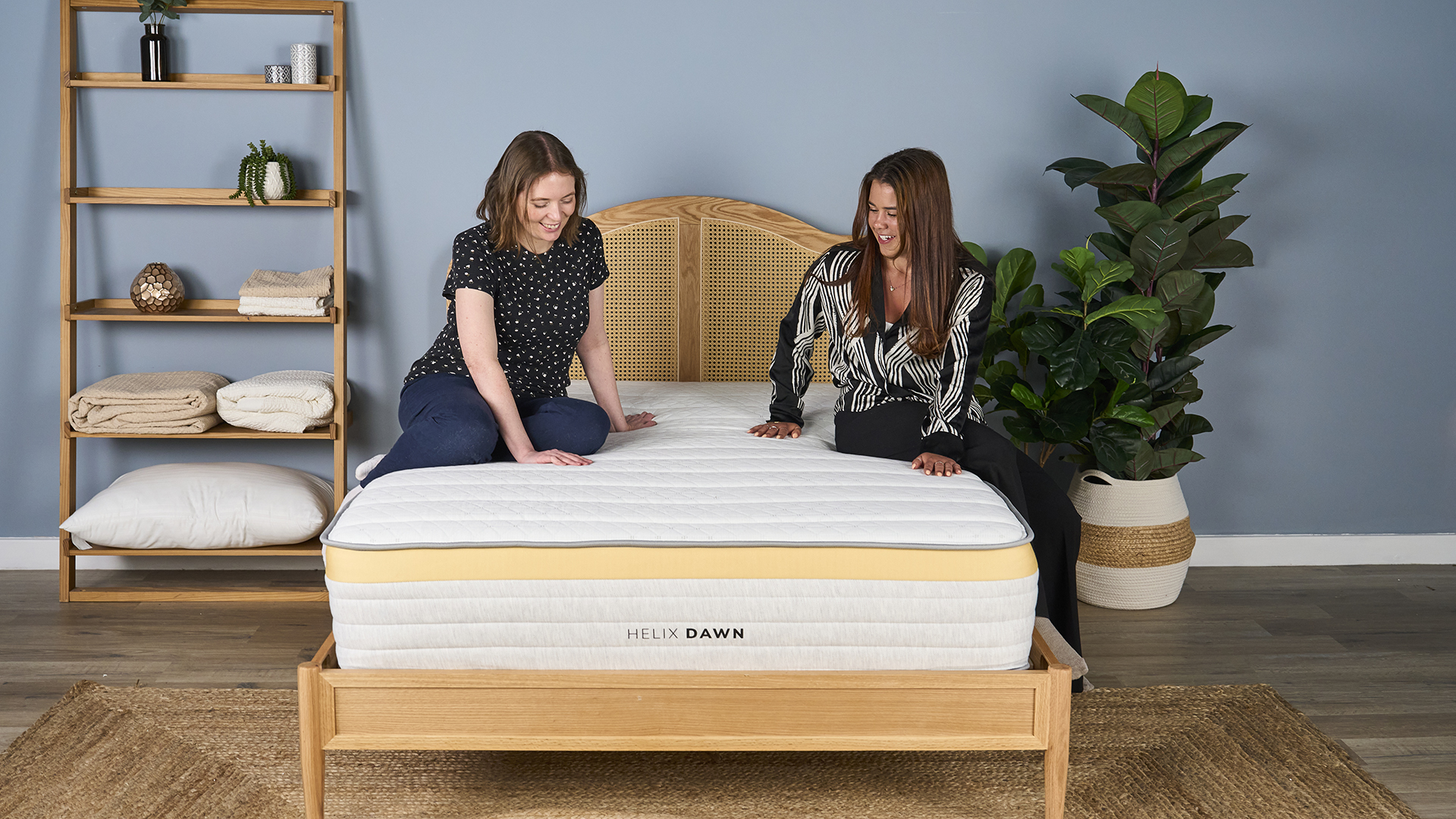
When you think 'cozy,' do you imagine a soft pile of pillows or a carpeted floor? I'm willing to bet it's the former. I was the same, assuming a 'comfortable mattress' was synonymous with 'soft mattress', and gravitating towards the imagined coziness of a plush bed.
The first moment after crawling into my soft bed was perfect, as the sink-in cushioning delivered the 'ahh' factor I thought necessary for good sleep. But once the initial comfort had passed, fidgeting set in. I struggled to fight gravity at the hips, with my lower back pulled deep into the mattress.
Until I started working as a sleep writer and was asked to review a firm mattress, I didn't make the connection that soft mattresses weren't right for me.
At first, I was hesitant. My new (firm) mattress looked inviting, but it refused to yield to my body, meaning I couldn't 'snuggle in'. I spent the first minutes in bed lying on my back, staring at the ceiling and wondering if I'd ever feel 'cozy'.
Then I rolled onto my front, my preferred sleep position, and everything slotted into place. Here's how I discovered the right fit for my body, and if you need a hand finding your dream mattress then take a look at our guide to the top rated mattresses of 2025.
1. My bed is no longer at war with my body
I'm a stomach sleeper — yes, I know all the ways stomach sleeping is bad for me. And trust me, sleeping on a soft mattress I could feel all the problems front lying was causing for my back.
I was happy to ignore them, however, vaguely assuming my aches and pains were courtesy of getting older.

But it was actually a mismatch of mattress and sleep position that caused my morning back ache (and maybe a tiny bit the whole ageing thing).
Stomach sleeper mattresses are typically firm. On a softer mattress, front sleepers like me will find their hips sink deeper than the rest of the body, forcing their spine to rest at an angle.
On the other hand the best firm mattresses I've tested keep the hips lifted, maintaining an even body line from head to toe. As a result your spine is under less pressure, relieving aches and pains.
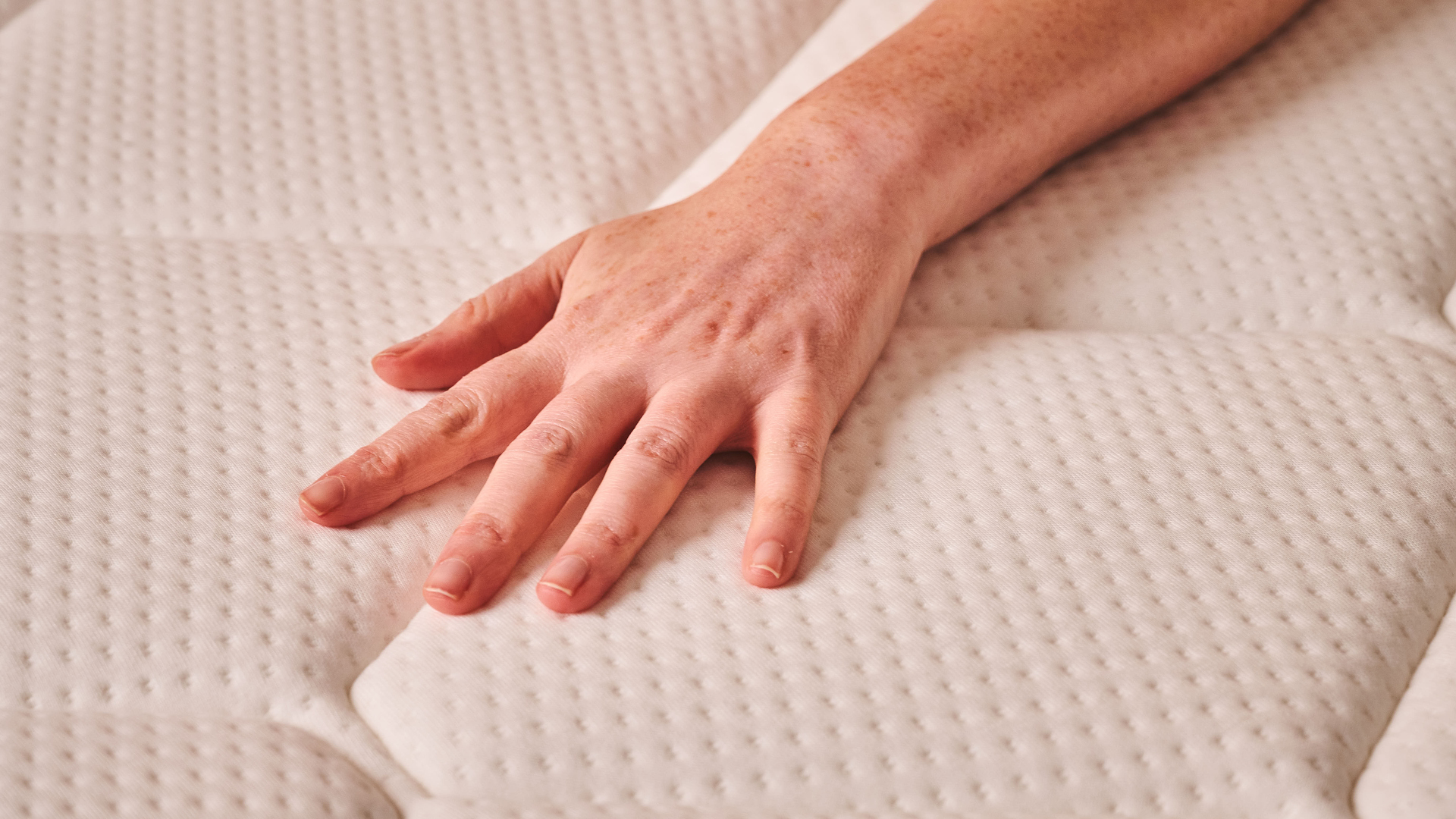
Soft mattresses provide a different kind of relief — pressure relief. That's when the bed cushions the touch points (typically the shoulders and hips) to prevent the ache that results from pressure build-up.
Proper mattresses for side sleepers emphasize pressure relief. As a stomach sleeper, I think this cushioning is less essential, My firm mattress taught me I had to make support a priority.
2. I don't slide off the bed in the morning
I've stuck with firm mattresses ever since — right now, I'm getting hands-on with the Helix Dawn mattress. And it isn't just the hip support that keeps me coming back to firm beds.
Firm mattresses also tend to have better edge support than soft mattresses. Strong edges allow you to sit or lie on the side of the mattress without the bed collapsing beneath you.
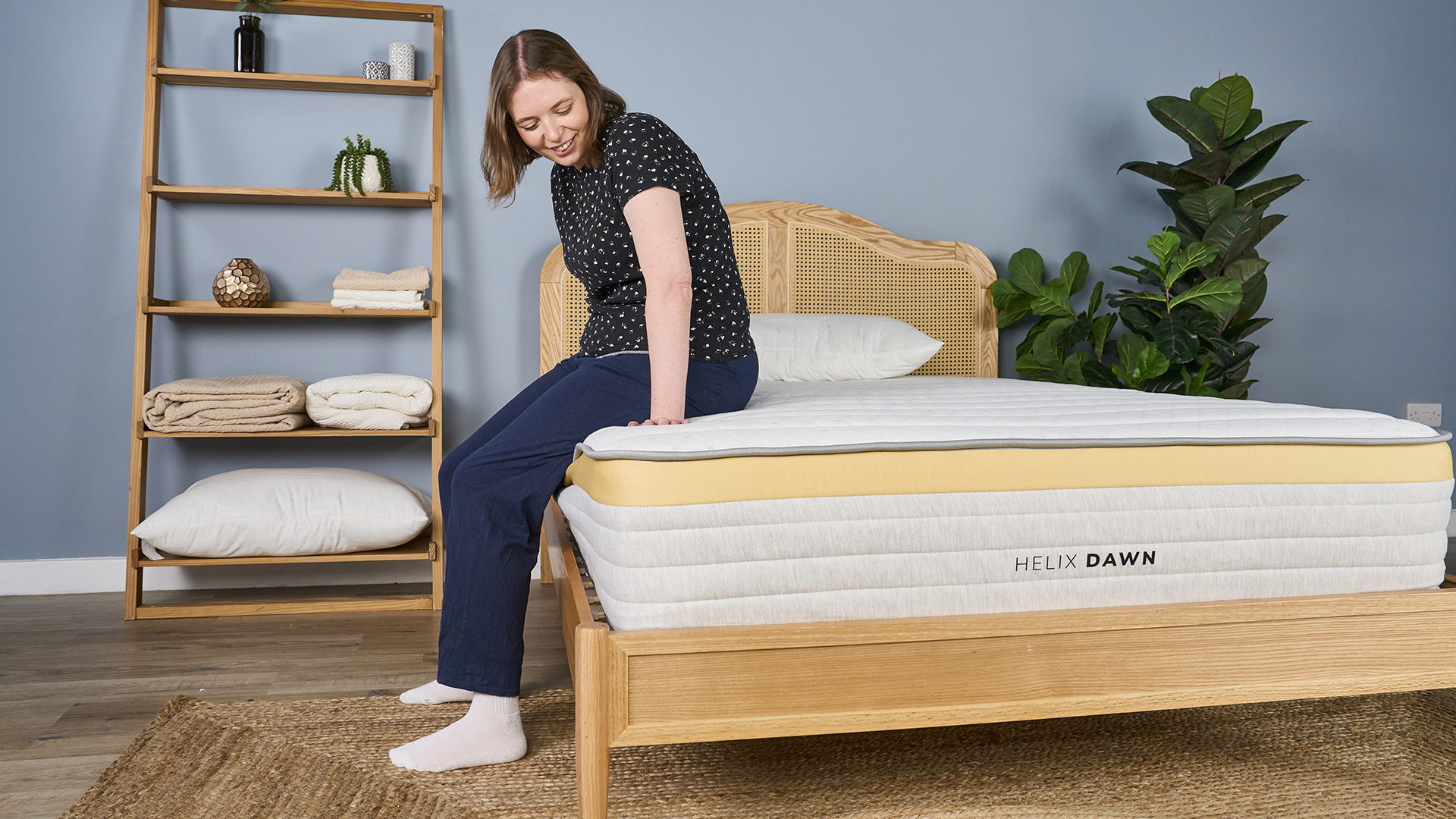
That's a huge bonus for me, someone who regularly knocks their phone to the floor when switching my alarm off in the morning.
With good edge support, I can reach over the side of my mattress, pick up my phone and return to my original position — all without feeling like I'll slip off the side.
3. My restless nights aren't cured, but they're less of a battle
Now that I've found a comfort level right for my sleep style, I'm less inclined to fidget during the night. But I'll never be the kind of sleeper who stays in one position from dusk 'til dawn.
Soft mattresses tended to trap me in place, making it harder to move around when I grew uncomfortable.
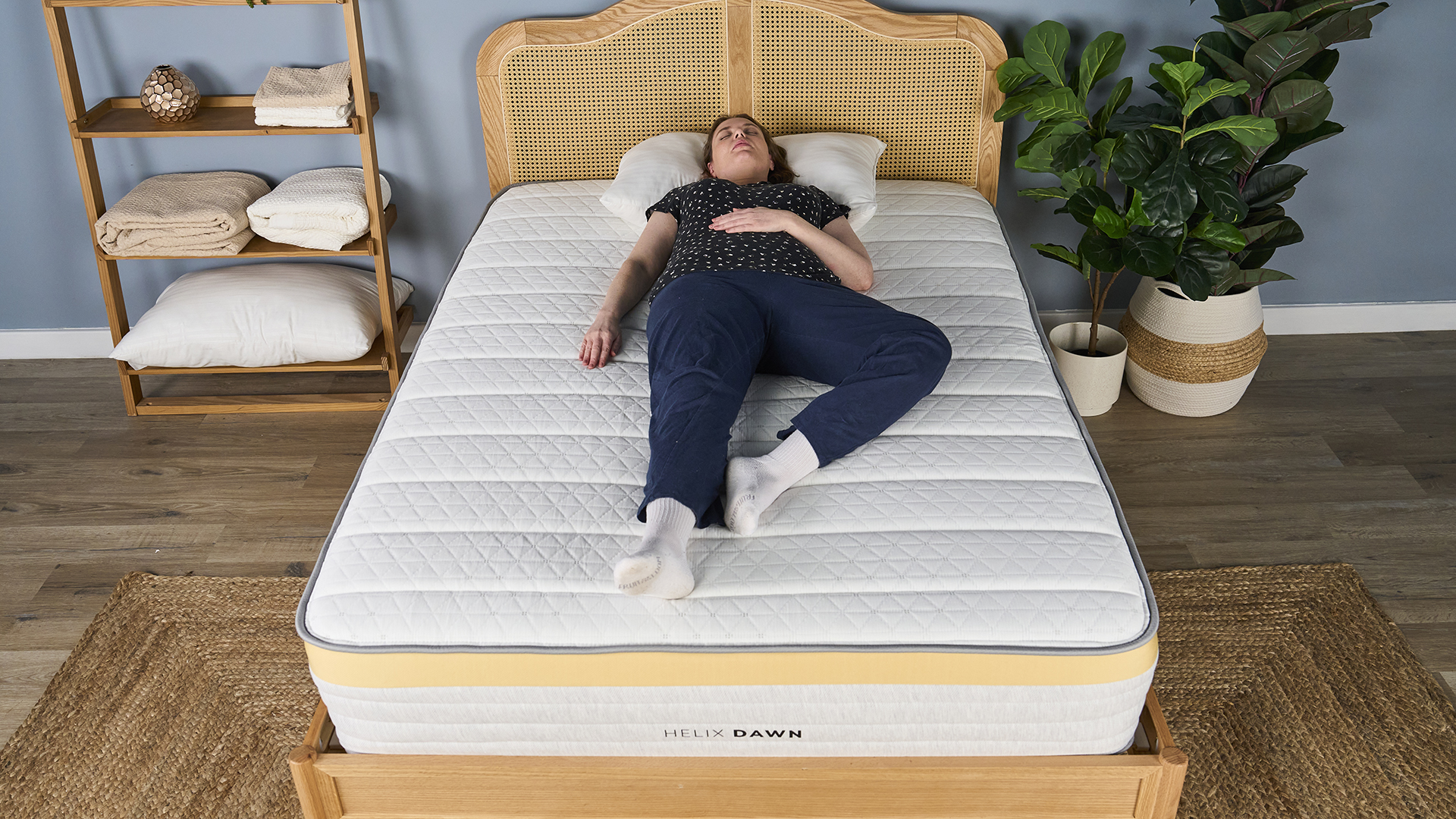
I'd have to fight the bed every time I wanted to re-angle my hips which, in turn, probably put more pressure on my spine.
Firm mattresses lack the 'hug' of soft beds, allowing you to move freely. I've found switching sleep position only takes a moment, for minimal disruption.
But I'm not quitting sleep softness altogether...
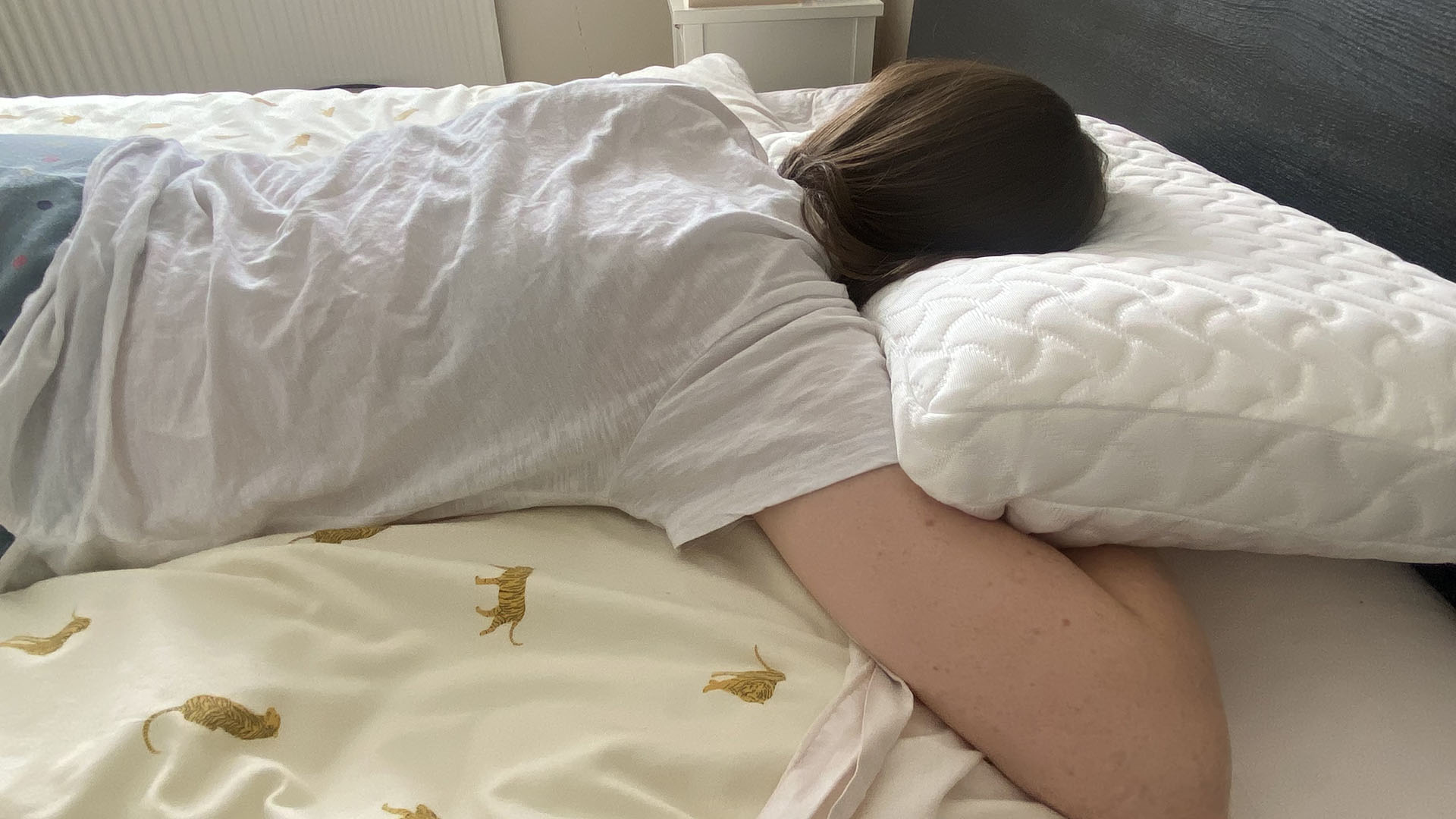
While writing my Tempur-Pedic Tempur-Cloud Pillow review, I discovered that just because I need a firm mattress, it doesn't mean I have to sacrifice softness altogether.
Enter: the extra soft pillow.
As a stomach sleeper, soft, low-loft pillows are best for keeping my spine and neck aligned. And as someone who'll never shake the connection between 'soft' and 'cozy', they let me keep a touch of plushness on an otherwise solid surface.
Sign up to get the BEST of Tom's Guide direct to your inbox.
Get instant access to breaking news, the hottest reviews, great deals and helpful tips.

Ruth is a staff writer at Tom’s Guide, covering all things mattress and sleep. She has a deep interest in the link between sleep and health, and has tried enough mattresses to know the right bed really can make a difference to your wellbeing. At Tom’s Guide she writes to help people sleep better, from how-tos to the latest deals to mattress reviews, and has interviewed an array of specialists who share her passion. Before joining the team at Tom’s Guide, Ruth worked as a sleep and mattress writer for our sister website, TechRadar.
You must confirm your public display name before commenting
Please logout and then login again, you will then be prompted to enter your display name.
